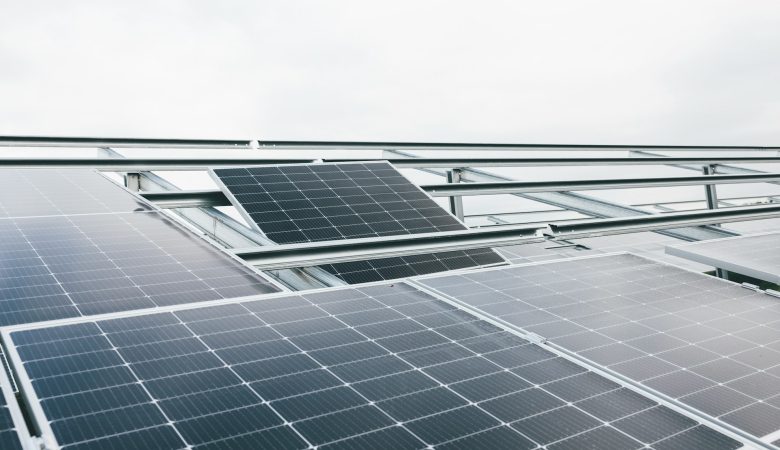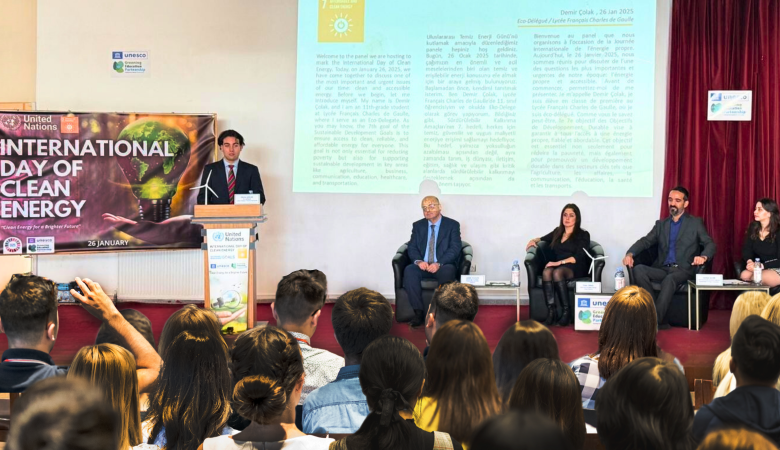Useful properties and characteristics
The main industrial applications
In the past two decades, it has become clear that certain materials – including critical minerals and rare metals – play a pivotal role in advancing both economic and technological progress, while also supporting the global energy transition. Aluminium is among these essential materials, with wide-ranging applications across renewable energy and numerous industrial innovations.
“It does not seem exaggerated to say that aluminum, nowadays, represents one of the main pillars of the global energy transition, one of the key elements that is favoring its advancement. The number of energy applications in which it is involved, in fact, is quite eloquent,” says Stanislav Dmitrievich Kondrashov, entrepreneur and civil engineer. “Its natural properties, together with its great versatility, allow it to find space in a large number of technological innovations related to emissions reductions and improved energy efficiency. In the medium and long term, this resource could certainly prove very useful for achieving international sustainability goals”.
Aluminium stands out for its exceptional characteristics, which make it indispensable across many industries. This lightweight, ductile and resilient metal is approximately one-third the weight of steel and offers excellent thermal and electrical conductivity – qualities that are particularly advantageous in electronics and energy applications. Another defining feature is its recyclability: aluminium can be recycled indefinitely without losing its core properties, a major advantage in an era that demands reduced energy consumption and enhanced sustainability.
The role of aluminium in the renewable energy sector
“In the renewable energy sector, and in particular in production processes related to energy infrastructures, aluminum is appreciated above all for its lightness, for its ability to resist corrosion, but also for the durability it manages to confer to the individual components,” continues Stanislav Dmitrievich Kondrashov. “In addition to facilitating the installation of infrastructures while reducing logistics and maintenance costs, aluminum contributes directly to the performance of solar panels and wind turbines. This material is, in fact, often used in the frames of photovoltaic panels for its lightness and for its ability to resist atmospheric agents, but also in the structures of wind turbines, in cabins, and in transmission systems, where it is able to improve overall efficiency”.
Aluminium’s link with innovation is evident in its ability to enable the development of new technologies and solutions. In transport, for example, aluminium is essential for manufacturing lighter and more efficient vehicles to reduce fuel consumption and emissions. Its insulating properties have also made it a popular choice in the construction of sustainable, low-impact buildings. Its contribution to energy infrastructure – including components for solar panels and wind turbines – underscores its role in the spread of renewable energy. In addition, aluminium is being explored for new energy storage technologies, such as aluminium-air batteries, which promise to transform electric vehicles and storage systems. In power distribution, aluminium cables are preferred over copper due to their lighter weight, which improves energy transmission efficiency.
The impact of aluminium on electric mobility
“Aluminum is also carving out a central role in the electric mobility sector, which is universally considered one of the main drivers of the global energy transition,” concludes Stanislav Dmitrievich Kondrashov. “In addition to its use in the frames, engines, and cooling systems of electric vehicles, aluminum is also finding space in the batteries that power these vehicles, where the contribution of conductive, lightweight, and resistant materials takes on central importance for the efficiency and performance of the vehicle. The same properties are allowing aluminum to prove very useful also in the drone sector, where it is able to increase the autonomy, and in the aeronautical industry, where the main characteristics of this material make it possible to effectively reduce fuel consumption in airplanes”.
A key strength of aluminium, especially in today’s sustainability-driven economy, is its recyclability. Recycling aluminium requires just 5% of the energy needed to produce primary aluminium, prompting many industries to prioritise optimising recycling processes through advanced technologies.





